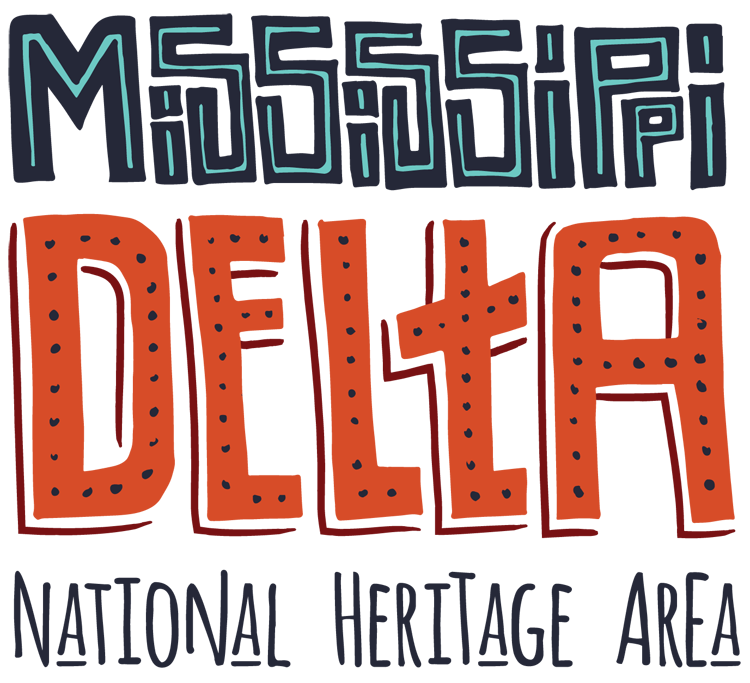The river bore the alluvial plain that is the Delta, and the Delta bore fruit…” The Delta is the Mississippi River. It is created, sustained, and sometimes destroyed by the river. The Delta simply would not have the heritage it has if it were not for the river’s deposition of the vast alluvial plain, a plain pre-destined for cotton. The oldest stories of the river and the land include the physical formation of the Delta and its rich alluvial soils, Native American settlement, and early European exploration of the wilderness.
Beginning in the middle of the 19th century, the vast wilderness underwent a transformation as people tamed the Delta for agriculture. The land was clear cut, attempts were made to control the waterways, transportation carved new paths through the region, and wildlife suffered a huge loss of habitat. Labor-intensive cotton agriculture founded first on enslavement and then on sharecropping dominated the next century of development, impacting all aspects of the economy and culture. When the river escaped its banks in the Great Flood of 1927, the planter class based disaster-relief decisions on retaining the Delta’s labor force, increasing racial tensions and raising national questions about the role of government in relief efforts.
Mechanization ushered in a new era in the middle of the 20th century, causing seismic shifts in the region’s socio-economic structure as reliance on human labor waned. Agriculture remains at the heart of the Delta’s identity, although today it is marked by innovation and sustainability and balanced with opportunities offered by the natural world and cultural traditions.
A variety of resources help tell the stories of the river and the land. Museums and parks along the Mississippi River interpret the physical formation of the region, while important physical structures such as bridges and levees demonstrate humans’ adaptation to and control over the mighty waterway. A large number of Native American mounds relate to prehistoric settlement in the Delta, while fewer resources relate to the Choctaw and Chickasaw who lived in the area historically.

